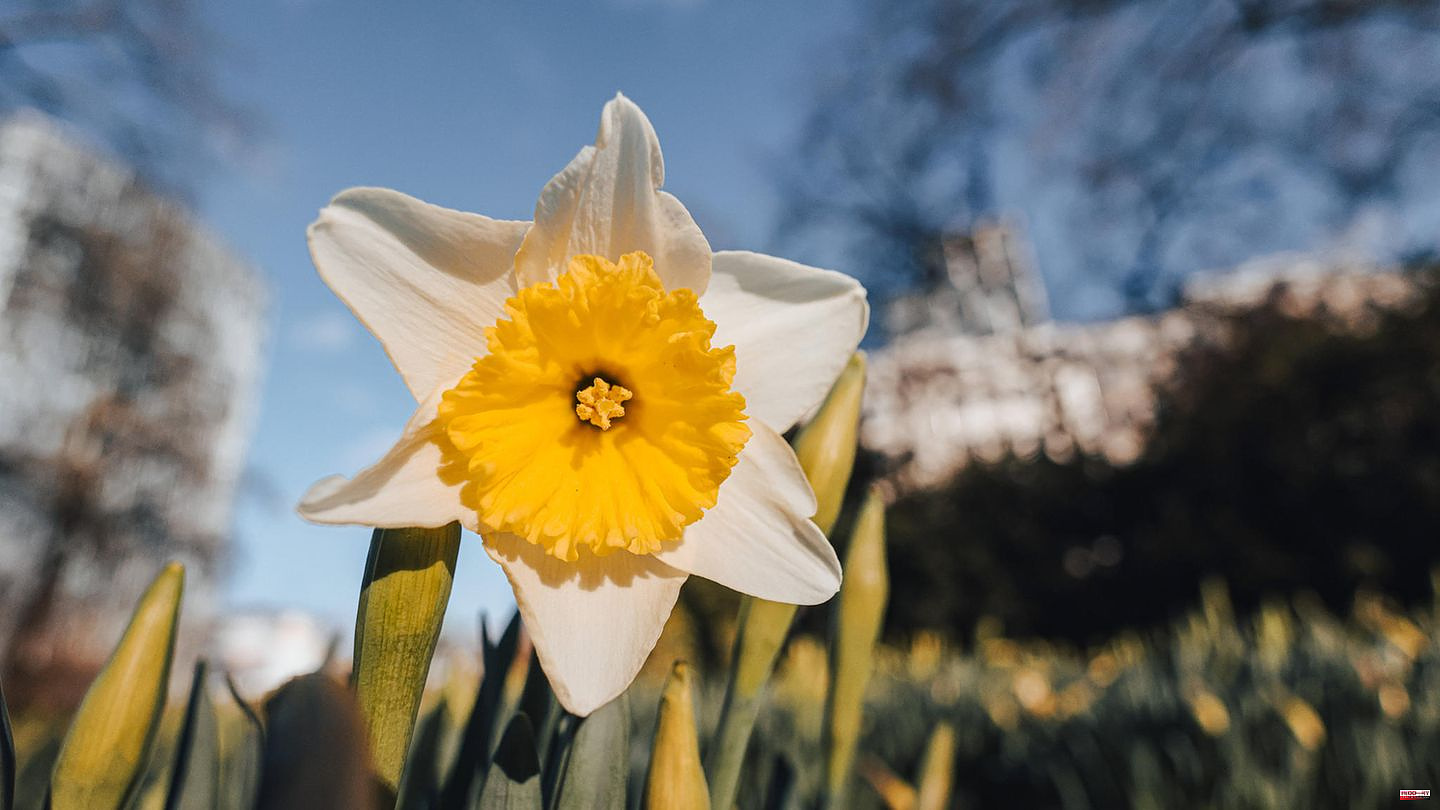This Wednesday is the beginning of spring - at least according to the meteorologists. The meteorological spring starts exactly on March 1st. Researchers chose this date to make their work a little easier: For statistical reasons, the weather experts calculate their data in full months.
It was the World Meteorological Organization, a sub-organization of the United Nations, that once determined when, from their point of view, the beginning of spring is: for the northern hemisphere of the earth exactly on March 1st.
Incidentally, the rule does not only apply to spring: this union always put the beginning of the seasons at the beginning of the month. This makes it easier to compare weather statistics or climate data. A season is always three months long: in our latitudes, winter is from December to February, spring is between March and May, summer takes place from June to August, and autumn begins in September.
A look outside shows that the meteorologists are absolutely right this time: It is beautifully sunny and one suspects that it could soon be warmer. Crocuses and snowdrops bloom.
According to another calculation, however, we are still in winter, because there is another date for the beginning of spring - that is the astronomical or calendar one.
As the name suggests, this is based on heavenly conditions and is calculated precisely for each year, so it varies every time. This year, the beginning of spring in the calendar falls on Monday, March 20th. Because on that day the sun is vertically above the equator and henceforth moves north.
This celestial constellation can be predicted to the minute: on that Monday in two and a half weeks it will be exactly 10:24 p.m. our time.
Astronomers also refer to the day of the beginning of spring as the equinox because each region of the earth receives exactly 12 hours of daylight.
Since many people are probably longingly waiting for sunnier times after the dark season, it's actually quite nice that you can enjoy the beginning of spring twice.
Sources: RND knowledge, "Augsburger Allgemeine"
Take a look at our photo gallery: Groundhog Day on February 2nd in the USA is all about the hope that spring will come soon. But there are also animal weather messengers in other countries. We show a selection.












